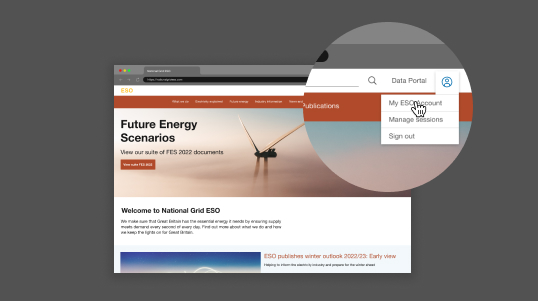The Security and Quality of Supply Standard sets out the criteria and methodology for planning and operating the National Electricity Transmission System (NETS).
As the code administrator for the SQSS, we maintain the code and oversee any proposed changes to them, along with other transmission licensees.. All changes have to be reviewed by the SQSS review panel or by Ofgem.
For more information about the code, please contact [email protected].
You can subscribe to the SQSS mailing list here.

Modification Tracker
Our Modification Tracker gives you the very latest detail on current modifications for each of the four codes. It includes the purpose of the modification and the stakeholders it affects, as well as Panel comments on prioritisation, and where it is in the review process.
This Modification Tracker will be published on a monthly basis on the 7th calendar day of the month or the next working day where the 7th is a non-working day.




